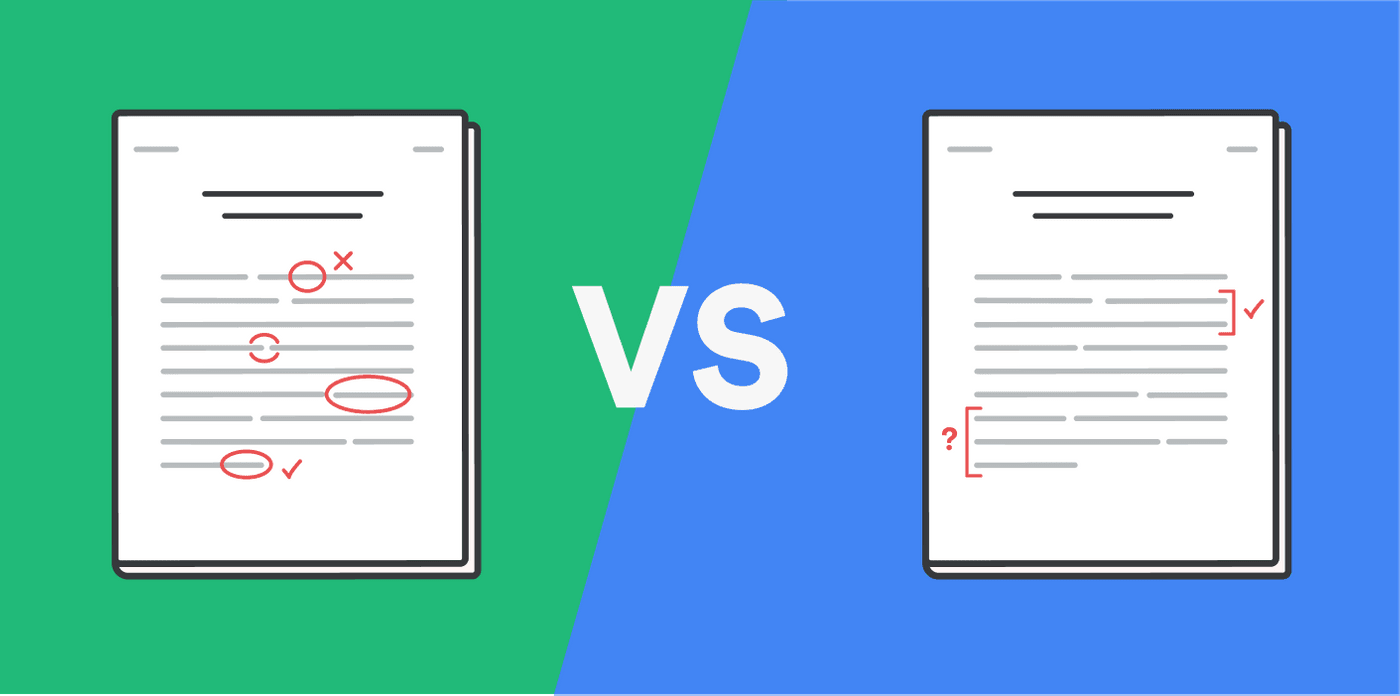Proofreading vs. Editing: What’s the Difference and Which Do You Need?
Proofreading and editing are two essential stages in the book publishing process. Both have their unique roles and can make a significant impact on the final product. However, people often use the terms interchangeably, which can lead to confusion. In this article, we will differentiate between proofreading and editing and help you determine which one you need for your book.
Proofreading and editing are essential components of the writing process, but they serve different purposes. While both are designed to improve the quality of written material, they focus on different aspects of the text. Proofreading is the final stage of the writing process and involves checking for errors in grammar, spelling, and punctuation. Editing, on the other hand, involves a more thorough review of the text, focusing on improving the structure, clarity, and style of the writing. Understanding the differences between proofreading and editing is crucial to deciding which service is needed for your manuscript. In this article, we will explore these differences and help you determine which service is best for your writing needs.
We will also discuss how to find the best book editors for your project.
Proofreading vs. Editing: What’s the Difference?
Proofreading is the final stage of the editing process. It involves reviewing a document or manuscript for errors in grammar, spelling, punctuation, and formatting. Proofreading is essential to catch any mistakes that may have been missed during the earlier editing stages.
Editing, on the other hand, is a broader process that involves reviewing and revising a manuscript to improve its content, structure, and style. The editor makes suggestions on how to enhance the plot, characters, pacing, and dialogue. The editor also helps the author refine their voice and writing style. The editing process can be broken down into three stages:
Structural Editing:
This stage focuses on the big picture. The editor assesses the manuscript’s overall structure, plot, pacing, and character development. The editor makes suggestions on how to improve the story’s flow and coherence.
Copy Editing:
This stage involves reviewing the manuscript line-by-line to ensure clarity, consistency, and accuracy. The editor checks for errors in grammar, spelling, punctuation, and syntax. The editor may also suggest revisions to improve the writing style.
Proofreading:
This stage is the final check before publication. The editor reviews the manuscript for any remaining errors in grammar, spelling, punctuation, and formatting.
Which Do You Need?
Determining whether you need proofreading or editing depends on the stage of your manuscript. If you’ve just completed your first draft, you’ll need structural editing to assess the overall story and plot. If you’ve already revised your manuscript several times, you may only need copy editing and proofreading to catch any remaining errors.
If you’re unsure which service you need, you can ask for a sample edit from a professional editor. This will give you an idea of their editing style and help you determine which level of editing you require.
Finding the Best Book Editors
Now that you understand the difference between proofreading and editing and which service you need, you may be wondering how to find the best book editors for your project. Here are some tips:
Research:
Start by researching book editors online. Look for editors who specialize in your genre and have experience working with authors in your niche.
Reviews:
Check online reviews and testimonials from other authors who have worked with the editor. This will give you an idea of their level of expertise and professionalism.
Samples:
Ask for a sample edit to see if the editor’s style and approach align with your goals.
Communication:
Choose an editor who communicates well and is responsive to your needs. You want someone who will be able to provide feedback and answer your questions throughout the editing process.
In conclusion,
Proofreading and editing are essential stages in the book publishing process. While they have different roles, both are important for producing a high-quality final product. Understanding the difference between proofreading and editing and which service you need can help you find the best book editors for your project.
Proofreading and editing are both crucial steps in the writing process, but they serve different purposes. While proofreading focuses on surface-level errors, editing involves a more comprehensive review of the text. Understanding these differences is important when deciding which service is needed for your manuscript. Depending on the state of your manuscript, you may require either proofreading or editing, or a combination of both. Ultimately, choosing the right service depends on your specific needs as a writer. By understanding the differences between proofreading and editing, you can make an informed decision and ensure that your manuscript is of the highest quality before publication.




